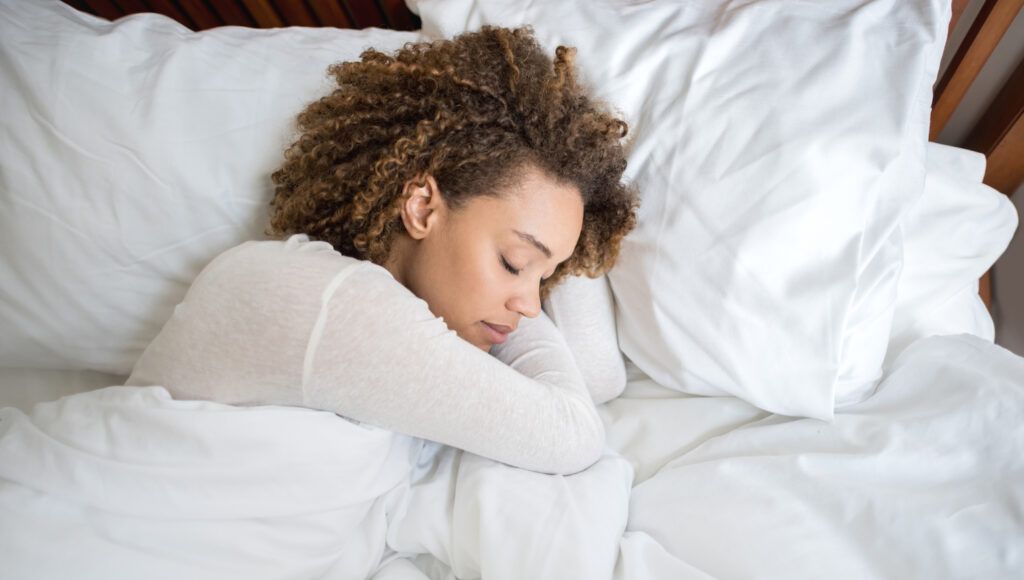I always try to take good care of my back, and over the years I’ve learned how to move through my day with the smallest chance of a painful tweak or twinge. But as I get older, it becomes clearer that a back injury can happen following big activities (like snow shoveling) or small (like picking up a pen from the floor).
The other day, I leaned across my desk to reach for something, and….ouch. I sprang (slowly) into self-care mode, carefully monitoring my movements and being sure not to BLT, or “bend,” “lift,” or “twist” in combination with any other movement.
I looked forward to bedtime but knew that I was as vulnerable lying down as I was standing up, if not more so. That’s where some easy strategies for sleep positions that protect back health came into play. Here are three ideas that might help you next time your back gets touchy.
1) Side-Sleep with a Pillow Between Your Knees
When you sleep on your side with a pillow between your knees, you encourage your hips, pelvis and spine to properly align. If your lower back is strained or aching, sleeping on your side without a pillow could leave you vulnerable to overstretching your sacral joints, where your spine meets your hips.
2) Back-Sleep with a Pillow Under Your Knees
When your back is in spasm, lying perfectly flat isn’t as helpful as it might sound. Lying on your back is a good thing because it distributes your weight equally across your body. But you do yourself a big favor when you slip a pillow under your knees in this position to put less pressure on the natural curve of your spine.
3) Sleep in a Reclined, Not Lying-Down Position
Have you noticed that the world’s most comfortable chairs are cushy recliners? Sometimes the best position is not lying down at all, but leaning backwards, supported by pillows. Even one extra pillow under your neck and upper back can take pressure off your spine, particularly by creating a deeper angle where your trunk meets your thighs.
Are your sleeping positions protecting your back? How do you plan to improve them?





